I have been trying to calculate the distance between two lines in an image in Python. For example, in the image given below, I want to find the perpendicular distance between the two ends of the yellow block. So far I have been only able to derive the distance between two pixels.

The code I could make was to find the distance between red and blue pixels. I figured I could improve this to make the distance between the two points/lines in this image, but no luck yet.
import numpy as np
from PIL import Image
import math
# Load image and ensure RGB - just in case palettised
im = Image.open("2points.png").convert("RGB")
# Make numpy array from image
npimage = np.array(im)
# Describe what a single red pixel looks like
red = np.array([255,0,0],dtype=np.uint8)
# Find [x,y] coordinates of all red pixels
reds = np.where(np.all((npimage==red),axis=-1))
print(reds)
# Describe what a single blue pixel looks like
blue=np.array([0,0,255],dtype=np.uint8)
# Find [x,y] coordinates of all blue pixels
blues=np.where(np.all((npimage==blue),axis=-1))
print(blues)
dx2 = (blues[0][0]-reds[0][0])**2 # (200-10)^2
dy2 = (blues[1][0]-reds[1][0])**2 # (300-20)^2
distance = math.sqrt(dx2 + dy2)
print(distance)
